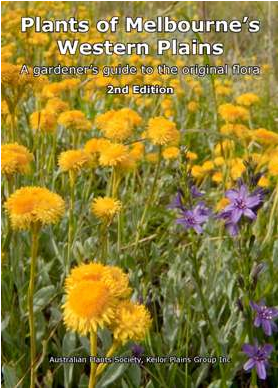 [above: Les Traveaux de la Manufacture (The Activities of the
Factory), 1783–84, designed by Jean-Baptiste Huet - 14 different scenes
in this fabric depict the copperplate printing process and the fabric and dyeing preparation and process via the Metropolitan Museum of Art and via designsponge
[above: Les Traveaux de la Manufacture (The Activities of the
Factory), 1783–84, designed by Jean-Baptiste Huet - 14 different scenes
in this fabric depict the copperplate printing process and the fabric and dyeing preparation and process via the Metropolitan Museum of Art and via designsponge
I've been reading the fabulous book, Toile de Jouy : printed textiles in the classic French style by Melanie Riffel & Sophie Rouart ; photography by Marc Walter. The toile in the image above is probably my favourite. The use of the fabric itself to reveal the engraving, printing and dyeing processes seems to me coming together of process and product in a way that includes and acknowledges all the workers, machines and expertise in and within the production of the fabric. For the sake of design all the workers are shown outside, while in reality much of the work would have occurred indoors, apart from this it is an accurate visual account of the highly skilled and labour intensive process. Other toiles of the time represented great feats of science (such as the hot air balloon) or significant political events. Thus the toiles double as a feast of visual and technical expertise while also revealing events that captured the imagination and spirit of the time.
So I come to the toile and its history for all of these reasons: what could a Merri Creek toile or series of toiles be? What dye-stuff would I use / find at the creek? How can I transfer these printing and dyeing processes to the weeds and plants of the Merri? What events or activities and processes could mark the multitude of interventions and performances along its banks?
Reading between the lines of the Riffel and Rouart book, and scouring the internet for printing with natural dye tips, I have started testing the printing of mordants before dyeing. There are a number of steps necessary, and recommended waiting times between printing and dyeing, to allow the mordant to really bite the fabric.....
First I printed the mordant onto the fabric. I used Guar as a medium for the mordant.
The yellow stripes are an iron mordant (tin can rusted with vinegar and water)
Here I over printed the iron with alum (also in guar).
And this is the alum mordant on its own.
After leaving the printed fabric for four days (one week is recommended) I heated a mixture of chalk and cornflour.
The mordant printed fabric was dipped in the chalk/cornflour solution (160 F), and then rinsed with water straight away. The chalk/ corn flour mix sets the mordant. In Jouy they used cow dung, which I am sure I could source further north along the creek!
Some of the dye baths I used were very old and rank, but it was interesting to see what happened. This was (mouldy) periwinkle. The left hand fabric is alum, nothing much happened, so after dyeing I popped it in a cold soda ash solution, still nothing. The iron mordant became a grey, with a hint of green.
This fabric was the iron mordant over printed with alum (see above image). Then dyed with fragrant saltbush. The salt bush turned the iron an ochre/ yellow, again, not much with the alum.
The oxalis not only ignored the mordants but also bit into the stainless steel pot. I might have to invest in a glass saucepan for the oxalis, it is so acidic!! The intensity the dye is not reproduced in this photo.
The red gum was very old, and I think with fresh leaves the colour would be different. Nevertheless it created the best result with the alum and a warm brown with the iron.
The silver wattle flowers made the darkest grey with the iron, but also stained the cotton most dramatically. The subtle shifts in colour between different dyes are not that easy to see on screen...
There is scope to print with mordants and then post-dye. I think I would have more control over strength of colour in printed areas, even if the palate is limited, and I will waste less 'ink'. I will get some red gum leaves that are fresh and see what they yield.
In Jouy the dyed fabrics were laid in the sun and sprinkled with water for six days in order to bleach the stained fabric..... I will try this at some stage but wonder if I will prefer the fabric with a tone.



































